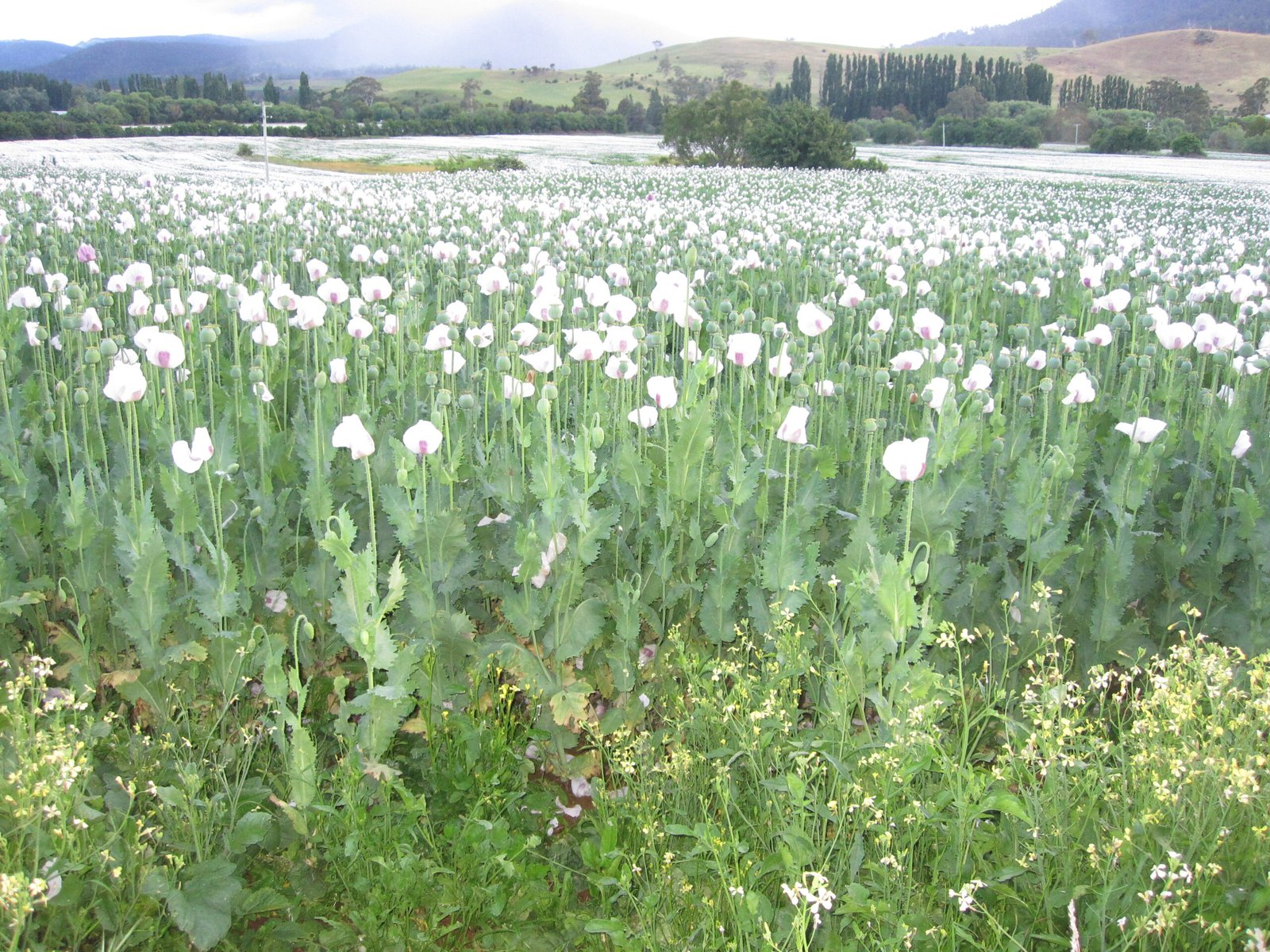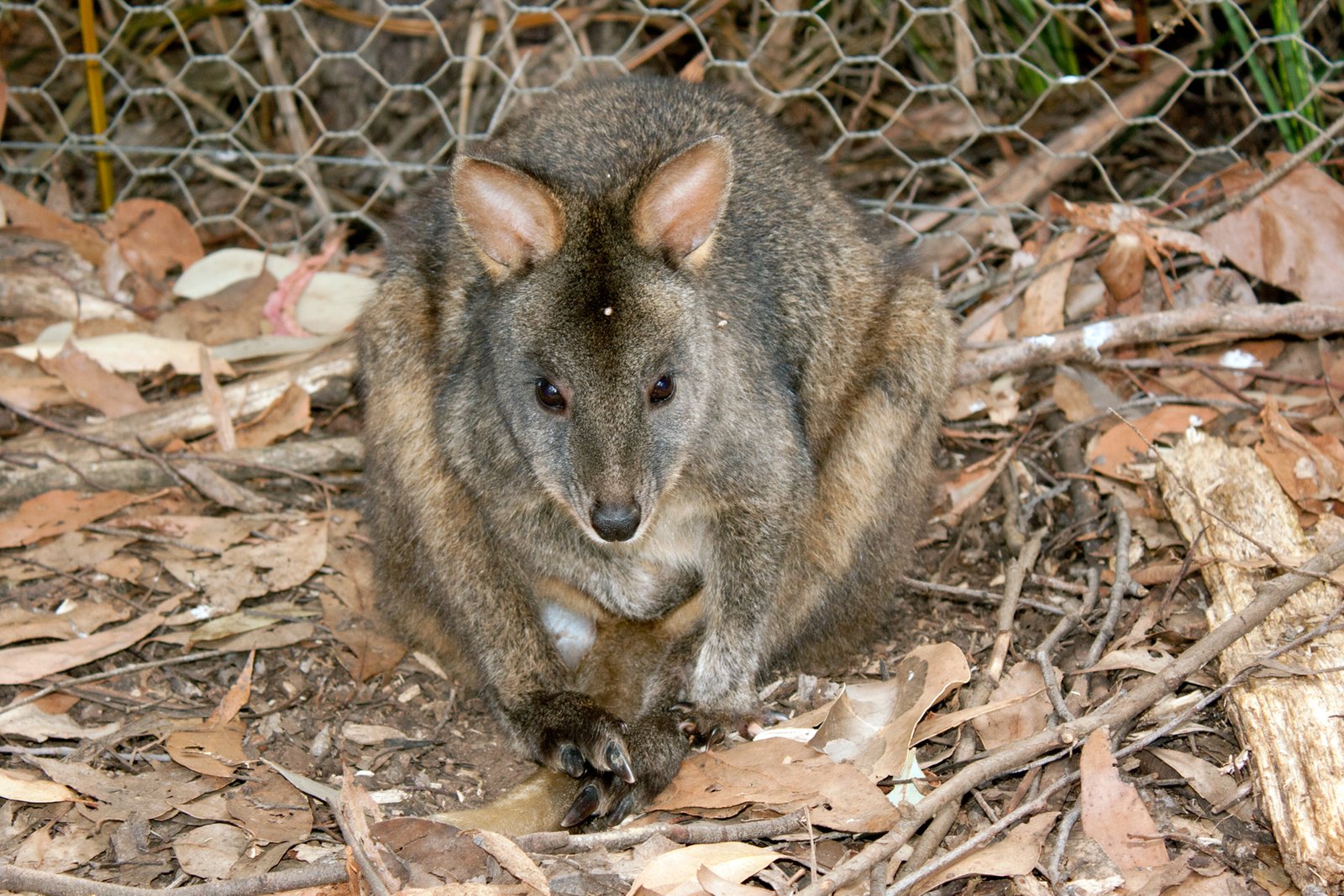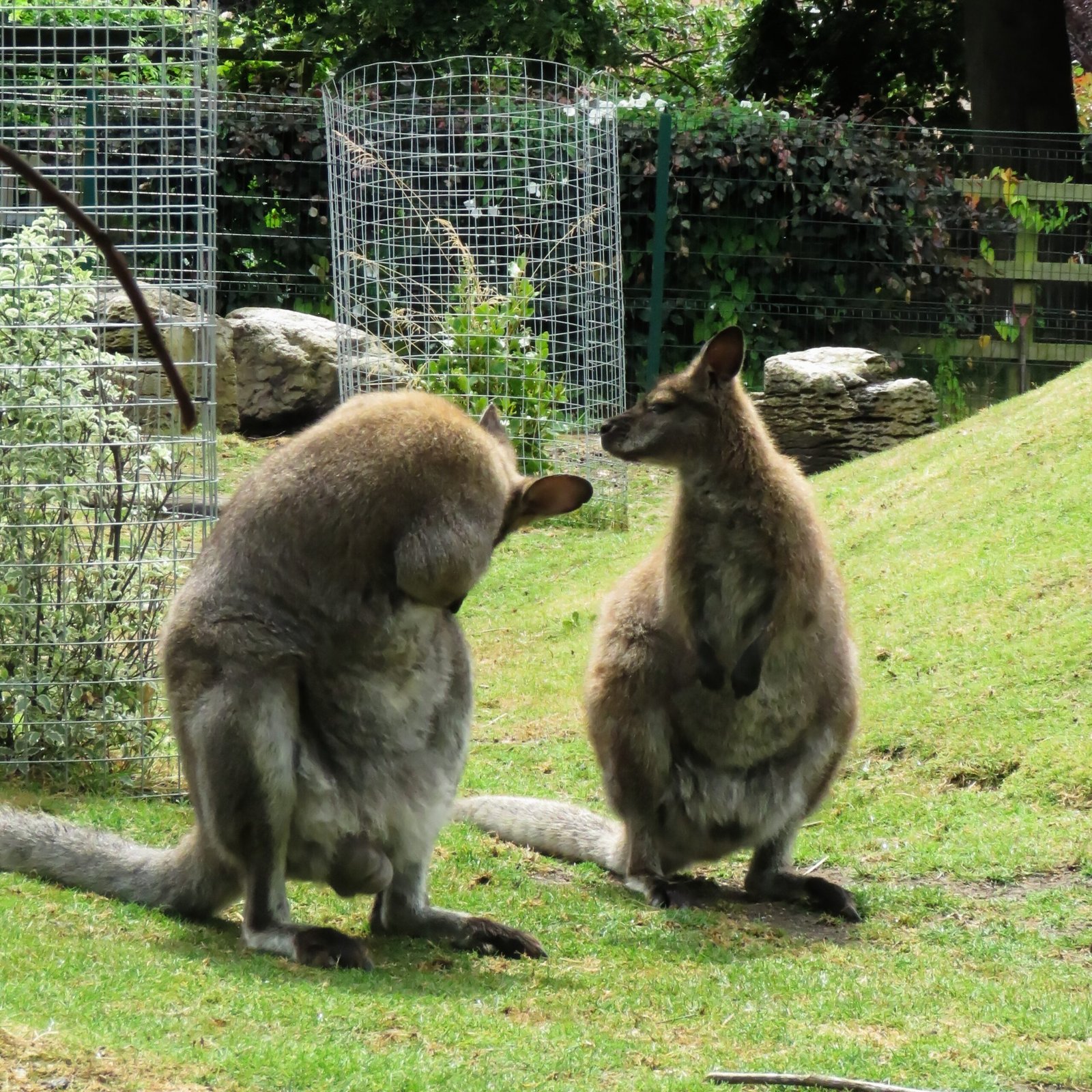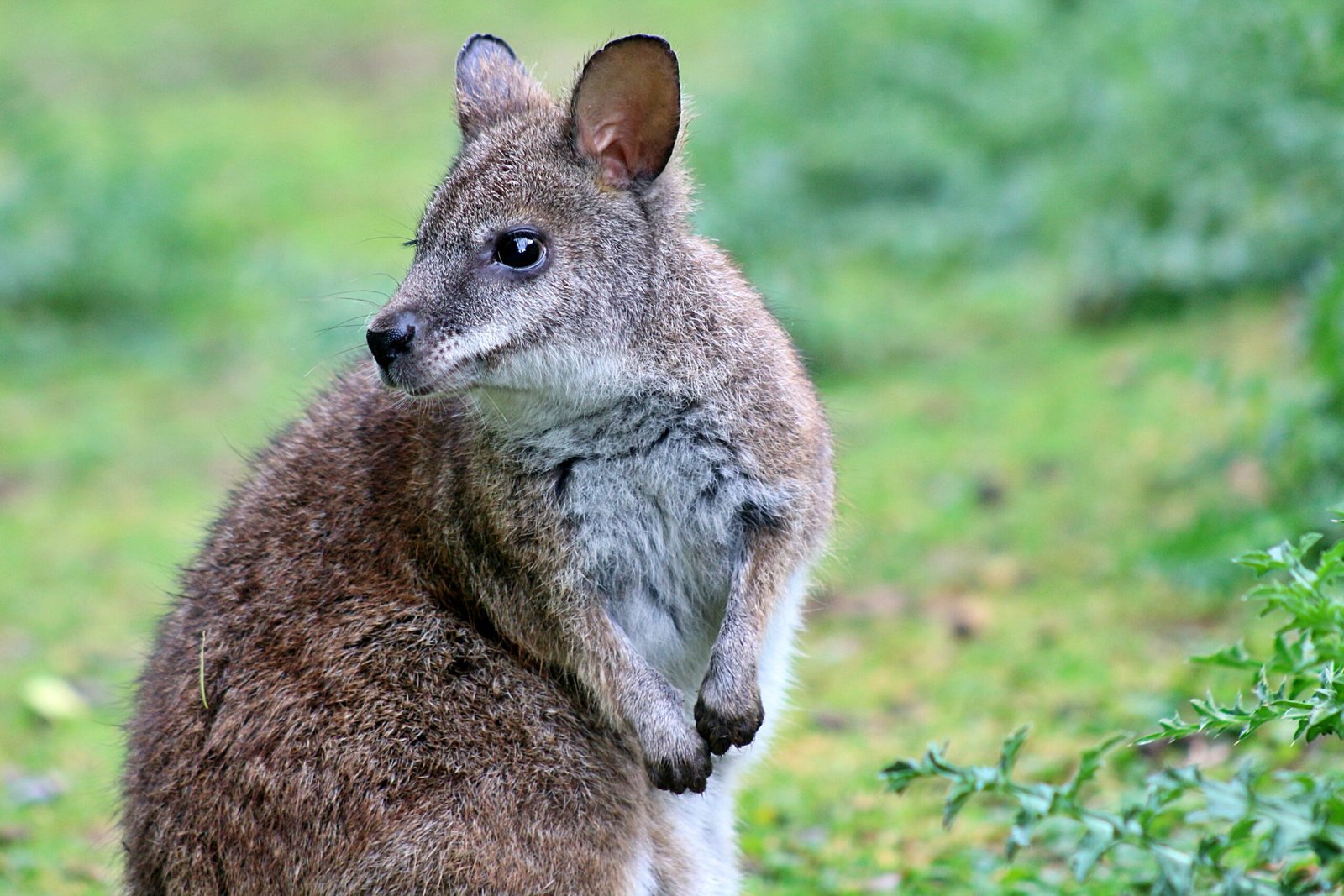On a quiet morning in the rolling fields of Tasmania, you might witness a scene so bizarre it seems lifted from a children’s storybook: wallabies, those bouncing icons of Australia, hopping in circles with wild abandon among swaying poppies. The sight is both hilarious and strangely poignant—a reminder of the serendipitous intersections between wildlife and the world humans have shaped. What’s really going on when wallabies break into poppy fields and spin around in dizzying loops? This story is equal parts mystery, science, and a dash of mischief, and it’s bound to surprise even the most seasoned nature lover.
The Curious Case of Spinning Wallabies
Imagine stumbling upon a group of wallabies moving in circles, sometimes with a dazed look in their eyes. Locals have reported these incidents with a mixture of amusement and concern. It’s not uncommon in Tasmania to hear tales of wallabies getting into fields they shouldn’t. But why do they seem so enchanted by these particular patches of land? Their behavior hints at something more than just a love for open spaces—it’s the poppies that hold the secret.
Tasmania: Home of Legal Poppy Cultivation

Tasmania is one of the few places in the world where poppy cultivation is not just legal, but a big part of the agricultural landscape. These aren’t the ornamental poppies you might see in a garden—they’re Papaver somniferum, the same species from which opiates are derived. The fields are carefully regulated and guarded, but wildlife doesn’t always respect human boundaries. Wallabies, with their boundless curiosity and agility, have found their way in, drawn by the lush plants.
What Makes Poppies Irresistible to Wallabies?
To a wallaby, a poppy field is like a candy store. The plants are tender, full of moisture, and relatively easy to chew. But it’s not just their taste that’s attracting these marsupials. The alkaloids present in the poppies have psychoactive effects. When wallabies munch on the plants, they aren’t just getting a snack—they’re getting a dose of compounds that can affect their nervous systems, leading to altered behavior.
The Science Behind Poppy Alkaloids
Poppy plants produce natural chemicals called alkaloids. These include morphine, codeine, and thebaine—compounds that have powerful effects on the brain. In humans, these substances are used in painkillers and other medications, but in animals, the effects can be unpredictable. When a wallaby ingests enough poppy alkaloids, it can experience symptoms similar to intoxication, including disorientation and odd movements.
How Wallabies Break Into Poppy Fields
Wallabies are masters of stealth when it comes to foraging. With their strong hind legs and sharp senses, they can leap over fences and slip through gaps that would stop other animals. Farmers often reinforce barriers and patrol their fields, but the wallabies’ persistence is impressive. They seem to sense where the poppies are most accessible and aren’t shy about returning for more once they’ve had a taste.
Hopping in Circles: The Neurological Effects
Why do wallabies hop in circles after eating poppies? Scientists believe that the alkaloids interfere with their motor coordination. The brain’s control over movement gets disrupted, leading to repetitive or uncontrolled actions—like circling, stumbling, or even falling over. To a casual observer, it looks comical, but it’s essentially the animal’s nervous system misfiring due to the chemical intake.
The Ripple Effect on Local Agriculture
While tales of spinning wallabies might sound amusing, they pose real problems for farmers. Wallabies can damage crops, trample plants, and trigger expensive security upgrades. More importantly, if a wallaby dies in a field, it can contaminate the crop, leading to costly losses. For some farmers, the sight of a wallaby in their poppy field is less funny and more of a headache.
Nature’s Unintentional Experiment
These incidents offer a strange, real-world experiment in what happens when wildlife meets pharmaceuticals in the wild. Wallabies have become accidental test subjects, revealing how natural compounds can affect animal behavior. Ecologists and veterinarians have started to pay attention, tracking the impact on wallaby health and broader wildlife populations.
Wallaby Health and Welfare Concerns
Eating poppies isn’t harmless for wallabies. While some recover quickly, others may suffer from dehydration, malnutrition, or injuries caused by their disoriented behavior. Wildlife rescue groups sometimes find intoxicated wallabies in distress and provide care until they recover. The repeated exposure, however, raises concerns about long-term health consequences for these animals.
The Human Reaction: Amusement, Worry, and Wonder
The local community’s response is a mix of laughter, frustration, and genuine concern. Videos of dizzy wallabies have gone viral, sparking global fascination. Yet, for those who live alongside these animals, there’s also a sense of responsibility. Some advocate for better fencing, while others call for more research into the effects on wildlife. It’s a reminder that the boundaries between human activity and nature are often porous.
Comparisons With Other Species
Wallabies aren’t the only animals known to seek out mind-altering plants. Elephants have been observed getting tipsy on fermented fruits, while cats famously adore catnip. These behaviors highlight a broader phenomenon: animals, like humans, sometimes seek out substances that alter their perception or state of mind. The wallabies and poppy fields are simply one of the most dramatic examples.
Ecological Impact Beyond the Wallabies
The presence of poppy fields doesn’t just affect wallabies. Other animals, like rabbits and birds, may also nibble on plants or seeds, although they seem less prone to dramatic displays. The spread of poppies into wild areas could potentially introduce these alkaloids into other parts of the food chain, with unknown effects. Scientists are only beginning to understand the broader ecological implications.
Legal and Ethical Dilemmas
The wallaby-poppy phenomenon raises tricky questions. Should farmers be required to build higher fences? Is it ethical to use deterrents that could harm wildlife? Regulators must balance the needs of agriculture, public safety, and animal welfare. The story of the spinning wallabies isn’t just about animals behaving oddly—it’s about the complex relationship between humans and the other species we share the land with.
Mitigation Strategies for Farmers
Farmers have tried everything from reinforced fencing to motion-activated alarms to keep wallabies out. Some even experiment with natural repellents or plant alternative crops as buffers. The costs add up, and there’s no one-size-fits-all solution. Every new entry by a determined wallaby is a reminder of nature’s ingenuity and persistence.
Wallabies in Popular Culture

The image of a wallaby hopping in circles has caught the public imagination. It’s become a quirky symbol of Tasmania’s unique blend of wildlife and agriculture. There are even jokes about “stoned wallabies” making the rounds online. While it’s easy to laugh, these stories also shine a light on how little we know about the secret lives of the animals around us.
Scientific Research and Future Studies
Researchers are now looking more closely at wallaby behavior and physiology. By analyzing blood samples, tracking movement, and studying long-term effects, scientists hope to learn more about how plant-derived alkaloids impact wild animals. The findings might even inform medical research, since understanding how different species react to these compounds could lead to new insights into their effects.
The Role of Environmental Change

Climate change and land development are altering the Tasmanian landscape, bringing wildlife and agriculture into closer contact. As habitats shrink and food sources shift, wallabies may become even more reliant on human-grown crops—including poppies. The situation is a microcosm of the challenges facing wildlife around the world as they adapt to a changing environment.
What We Can Learn From Spinning Wallabies

This peculiar phenomenon teaches us that nature is full of surprises. It reveals how interconnected human and animal lives really are, even in unexpected ways. Watching wallabies hop in circles among poppies is both a spectacle and a signal—a reminder that the choices we make ripple out into the natural world in ways we can’t always predict.


